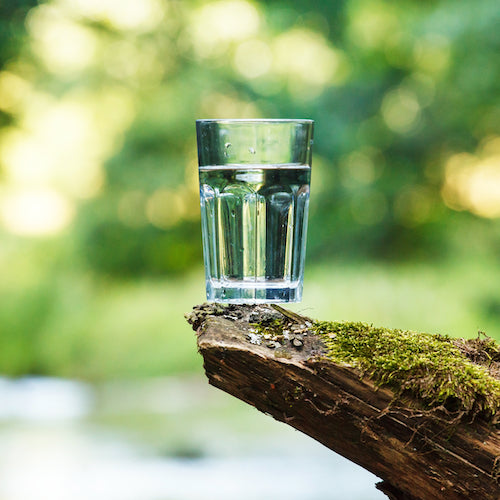How Clean Is Your Water
Posted on June 06 2023
How Clean is Your Water – Actionable Tips for Homeowners
All New Zealanders deserve safe, reliable, and affordable water services that support good health and sustainable environmental outcomes. Those words come directly from the New Zealand Ministry of Health in introducing its new regulatory framework for managing this crucial issue.
It’s a sentiment that everyone can get behind, and to be fair, most New Zealanders have access to a safe water supply that is provided by local authorities through a centrally run infrastructure. Nevertheless, there have been instances of e-coli and other bacteria and contaminants found at dangerous levels in municipal supplies.
National codes and regulations are one thing, but we all need to take a degree of responsibility for ensuring the safety of the water we and our families drink and wash in every day. Here are some ways to do just that, suggested by our guest blogger this week.
Find out about your water provider
New Zealand’s water supply needs are managed by several different suppliers. All report to Taumata Arowai, the main administrative body. If you are not sure who supplies you, a quick check on the public register of suppliers will provide the answer.
You can then learn specific details about their purification policies, for example whether they chlorinate water and if so, in what quantity. In general, the chlorine is in such small quantities that it presents no health risk. However, if it is strong enough to taste or gives off a notably pungent odour, it is definitely worth pursuing, and even taking a sample for independent analysis.
Be particularly vigilant if you are on a private supply
A small but significant percentage of New Zealand homes are not served by municipal suppliers and instead have their own private supply. If you are part of this minority, you need to be extra vigilant.
If you have a well, don’t forget to send a sample for testing at least once a year, but also if you notice anything different about the smell, the taste or the appearance of the water. Always keep the well covered, and check the condition of the cover regularly, at least once per month. Most contamination issues come from above, not from below.
Consider home filtration
Even when your running water is safe, and pours freely from a convenient tap, you might find it has certain flavour characteristics that are absent from bottled water. This will be due to the extra minerals that are present, as well as chlorine where that is used.
If you're not a fan of chlorine (it tastes terrible and you can often smell it when you run your taps), try using a Bio500 bench top filtration system that removes 99.9 % of chlorine and fluoride as well as other harmful microbes.
One of the other simple methods to filter water is with a straightforward jug-style water filter that you can purchase online or in most homewares stores. The downside to this is the hassle factor of constantly refilling it as they don’t hold a large capacity of water.
The permanent solution is a whole house filtration system. There are various types, and these can be used to soften hard water at the same time.


